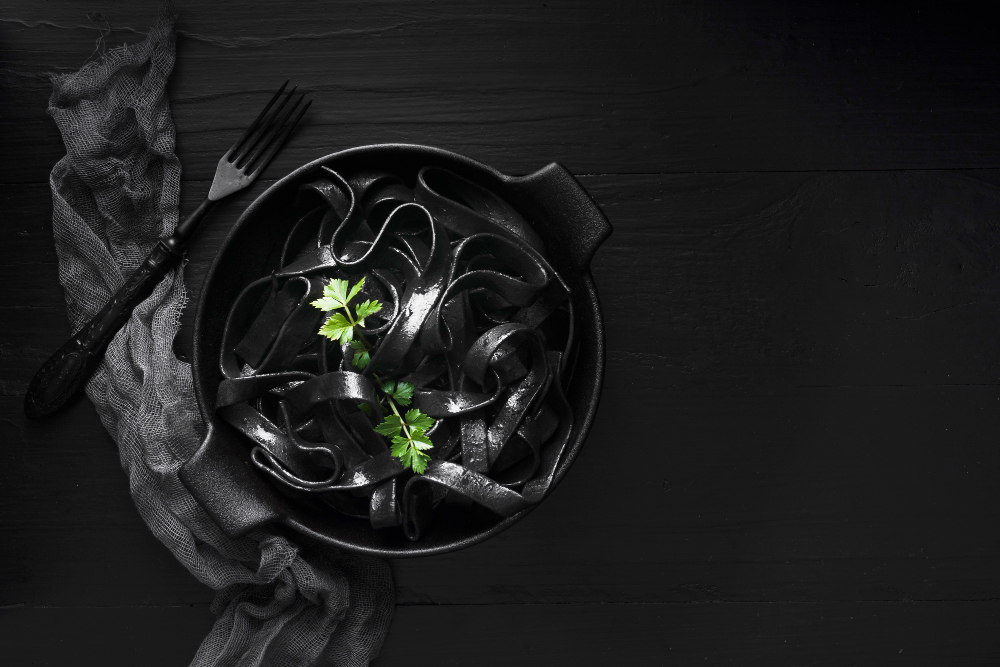
How to Make Black Food Coloring
In the vibrant palette of culinary artistry, black often plays the role of an elusive shadow, adding depth and mystery to dishes. From decadent desserts to savory delights, the allure of black food coloring is undeniable. While store-bought options are readily available, there’s something inherently satisfying about crafting your own. In this guide, we’ll delve into the dark arts of creating homemade black food coloring, unlocking a world of possibilities for your culinary creations.
Understanding the Essence of Black
Before delving into the alchemy of black food coloring, it’s essential to understand the nature of black itself. Unlike other colors, which are derived from specific pigments or dyes, black is the absence of color. In the realm of food coloring, achieving a true black hue can be challenging, as many natural ingredients tend to produce shades of gray or dark brown. However, with a bit of creativity and experimentation, the perfect shade of black can be attained.
Harnessing the Power of Activated Charcoal
One of the most popular and readily available options for creating black food coloring is activated charcoal. Widely known for its detoxifying properties, activated charcoal is a porous substance that absorbs toxins and impurities. When used in food coloring, it lends a deep, inky black hue without altering the flavor or texture of the dish. To make black food coloring with activated charcoal, simply mix a small amount of the powder with water until you achieve the desired consistency.
Embracing the Dark Side with Squid Ink
For those seeking a more exotic twist, squid ink offers a tantalizing alternative for black food coloring. Commonly used in Mediterranean and Asian cuisine, squid ink imparts a rich, briny flavor reminiscent of the ocean. While its intense color may initially seem daunting, squid ink can be diluted to achieve various shades of black, ranging from charcoal gray to deep ebony. Simply mix the ink with a neutral liquid, such as water or oil, until you reach your desired intensity.
Unleashing the Magic of Black Sesame Seeds
Incorporating black sesame seeds into your culinary repertoire not only adds a subtle nutty flavor but also provides a natural source of black food coloring. To extract the color from black sesame seeds, start by toasting them lightly in a dry skillet to enhance their flavor. Once cooled, grind the seeds into a fine powder using a mortar and pestle or a spice grinder. Mix the powdered seeds with a small amount of water to create a rich, black paste that can be used to color a variety of dishes, from desserts to savory sauces.
Exploring the Depths of Cocoa Powder
While cocoa powder is typically associated with shades of brown, it can also be used to create a deep, velvety black food coloring. To achieve this, simply combine cocoa powder with a small amount of activated charcoal or black food coloring gel. The cocoa powder adds depth and richness to the color, resulting in a luxurious black hue perfect for chocolate-based desserts and sauces.
Unlocking the Potential of Vegetable Ash
For the adventurous culinary enthusiast, vegetable ash offers a unique and unconventional option for black food coloring. Derived from charred vegetable matter such as leeks, onions, or eggplants, vegetable ash can be transformed into a fine powder and used to create striking black hues. Simply collect the ash from your chosen vegetables, ensure it is free from any contaminants, and mix it with water or a neutral liquid to form a dark, smoky coloring agent.
Experimenting with Natural Colorants
While the options mentioned above are popular choices for creating black food coloring, there are countless other natural ingredients that can be used to achieve similar results. For example, blackberries, blueberries, and elderberries can be boiled down and strained to extract their deep purple pigments, which can then be combined with other ingredients to create a black coloring agent. Similarly, spices such as cloves, cinnamon, and nutmeg can be ground into a fine powder and mixed with water or oil to produce a rich, dark hue.
Painting with the Shadows
In the realm of culinary creativity, black food coloring serves as a potent tool for adding depth, drama, and sophistication to dishes of all kinds. Whether you opt for traditional options like activated charcoal and squid ink or prefer to experiment with unconventional ingredients like vegetable ash and black sesame seeds, the possibilities are endless. By harnessing the power of these dark pigments, you can elevate your culinary creations to new heights, transforming ordinary dishes into works of art that captivate the senses and ignite the imagination. So go ahead, embrace the darkness, and unleash your inner culinary artist. The world is your canvas, and with black food coloring as your palette, the possibilities are truly limitless.

